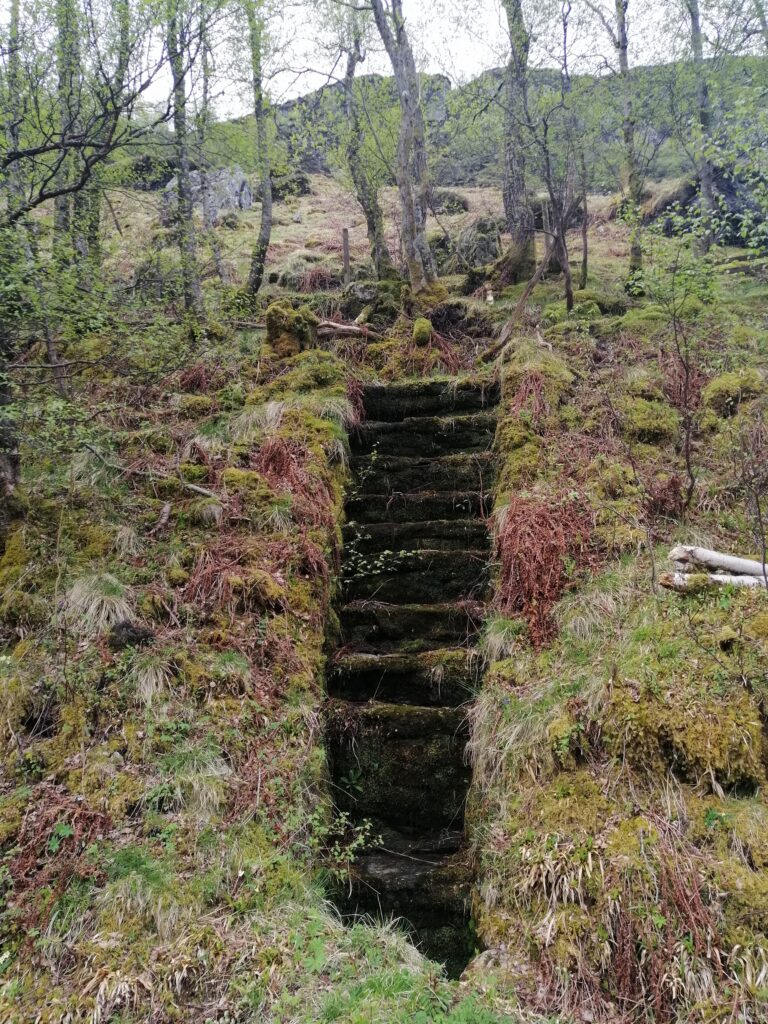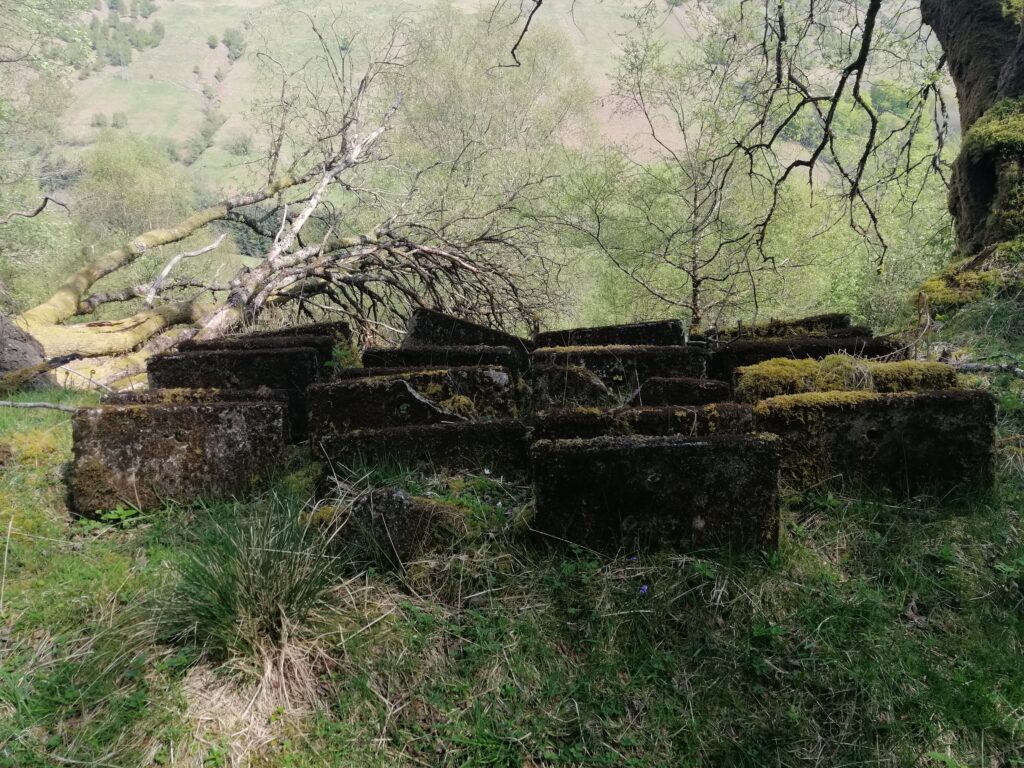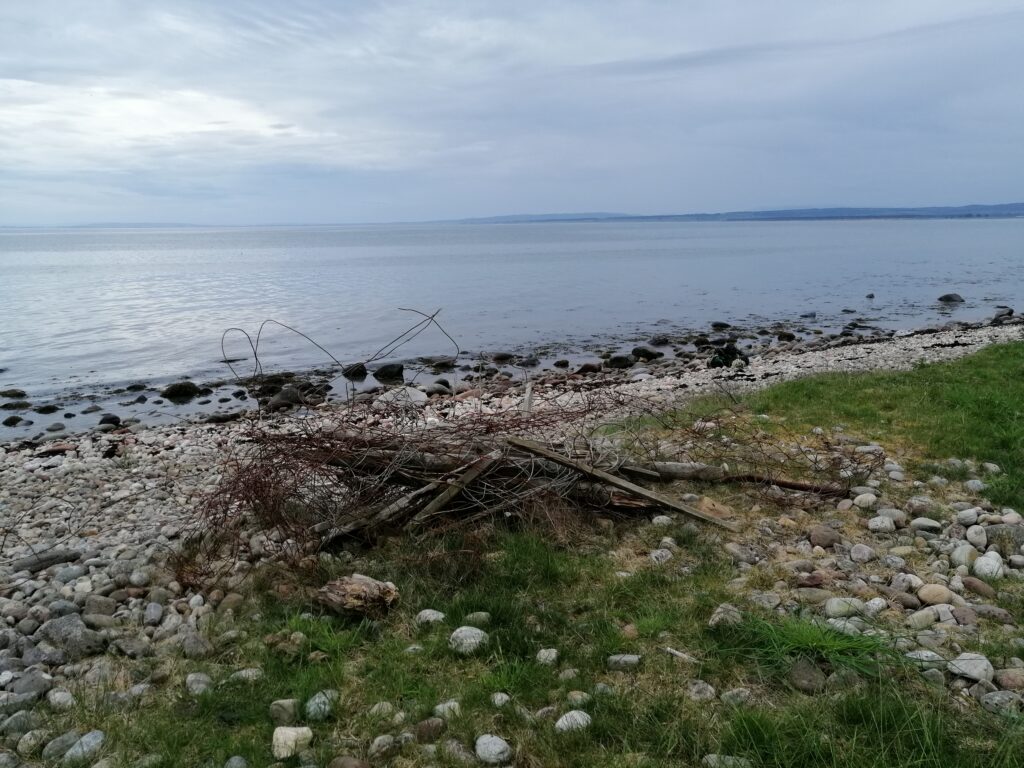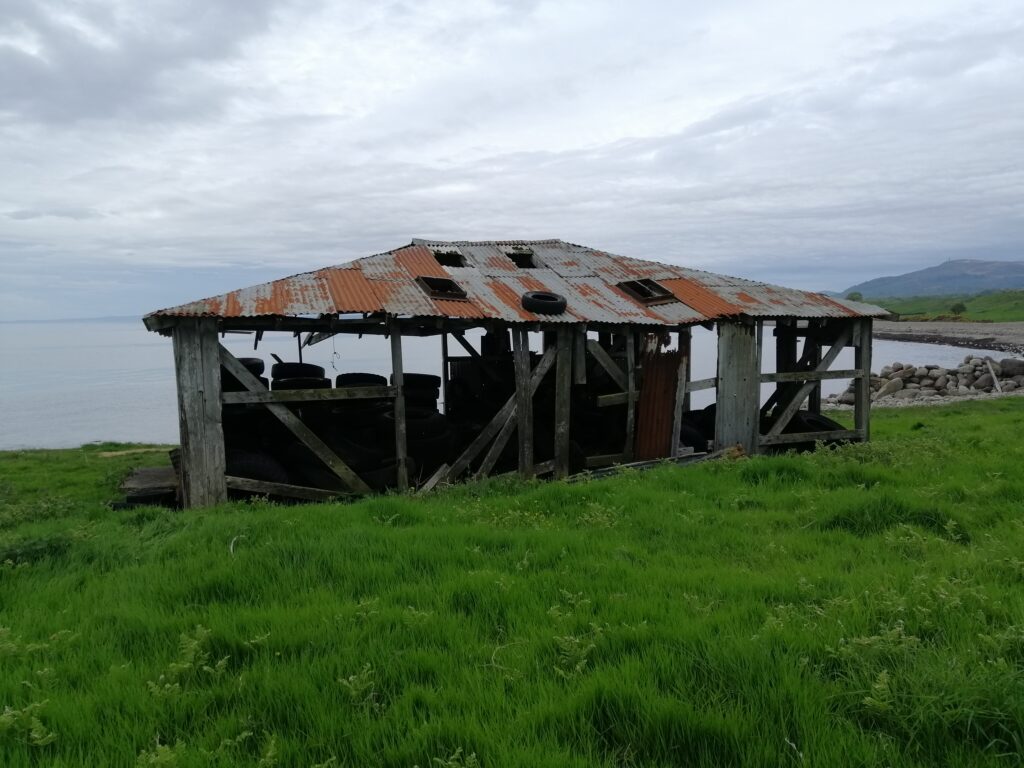Waste comes in many forms.
Our Future Archaeologies of Marine Litter exhibits are composed of flotsam and jetsam: objects that have been discarded or lost, or have escaped from the regularising confines of our waste disposal structures. They objects are often unconnected, washing up after separate journeys and originating from different locations. Their juxtaposition on our shores creates connections where before there were none, but that geneate suprising new insights and possible stories: the lighter, shotgun cartridge and party popper lying next to each in the sand, for example.
Contrasting with these are the traces left in the landscape of obsolete technologies and infrastructures: the residues of transport and communication systems, of the systems and structures we build to distribute goods, people, energy and information. Often, these present powerful visual metaphors for the slow collapse of one era into another, a kaledioscope of different pasts. Old sleepers lie piled along a dismantled railway line, gathered in mossy mounds like cairns or barrows. Steps lead nowhere. Concrete slabs form mysterious structures, somewhere between the stone walls that divided the internal spaces of brochs and chambered cairns, and the geometrical obfuscation of a stone maze. Wooden pylons stand at eccentric angles, bowed by the passing on of their original burden to the metal giants that superseded them.




Some of these objects lie abandoned where they once stood proud. Others are gathered up and moved to the margins of our sight: worn out and used up, but too expensive to dispose of. Fence wire and posts lie bundled together. Tyres accumulate at the edges of farmyards.


Some of these materials will disappear with the passage of time. Cloth and wood will rot and be recycled by funghi or consumed by fire, both of which even treated woods will fall to eventually. Other materials will change but leave traces of themselves in place: metals may rust, leaving ghostly outlines of themselves like the bones of a human in a stone age cairn or the X ray shadows imprinted on the Turin Shroud. Tyres may liquify under the pessure of their own increasing ewight, or smoulder for years. Other materials still will be buried under protective layers of msos, or sink into a preserving bed of peat. Tranformed from today’s emboided memories intot he archaeologicail mysteries of the future, what will our descendants make of them?
Future Archaeologies of Abandoned Technologies and Infrastructure
2. The Killin Ritual Way